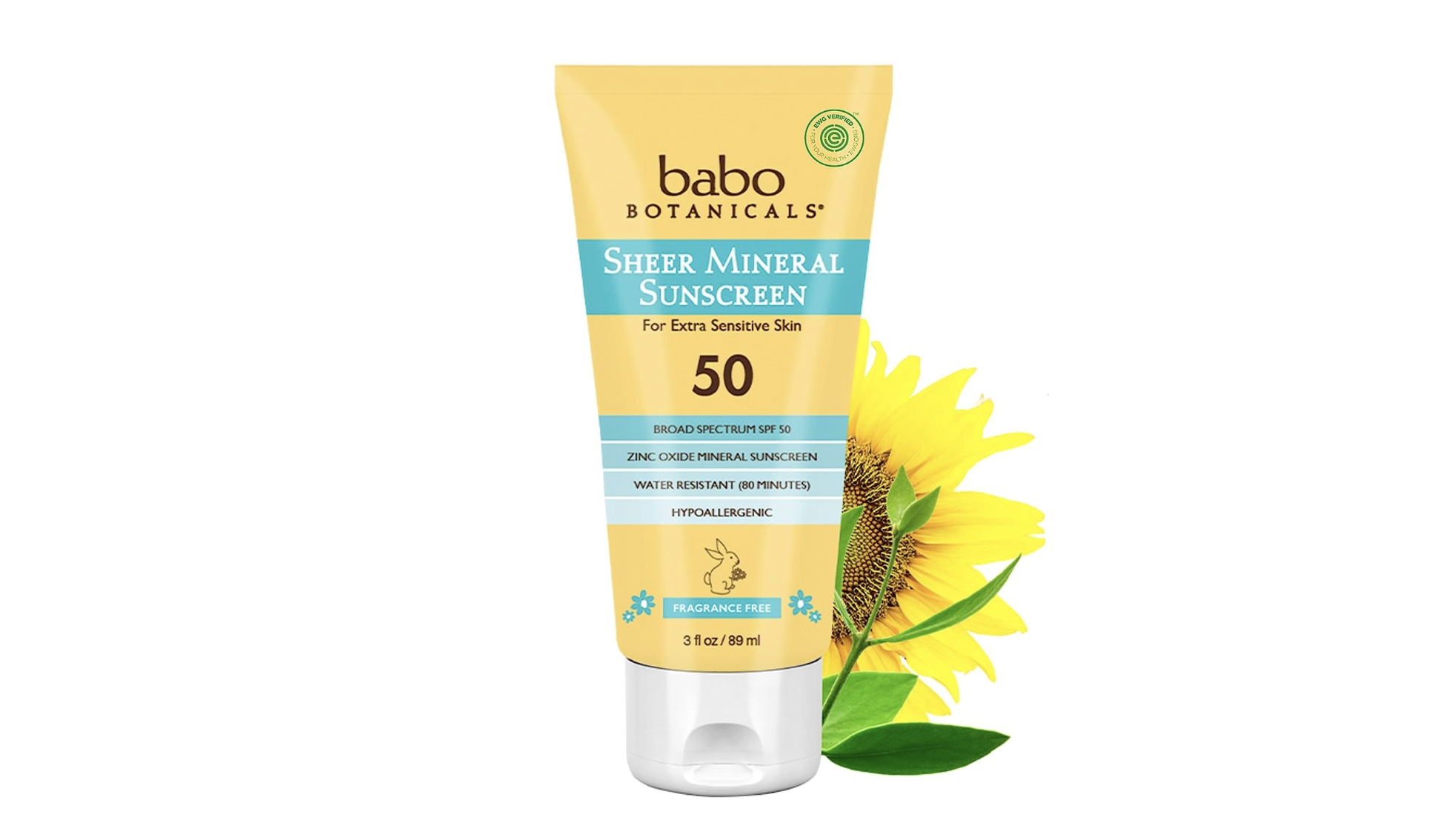Developing sustainable personal care products can be an extremely time-intensive, expensive process. It can become even more complicated when you add in the ambiguous regulations that are being put into place regarding environmental friendliness. Whether your brand has been committed to sustainability for decades or you are in the process of developing your first biodegradable product, we can help. One example of this is our work with Babo Botanicals.
Since 2010, Babo Botanicals has been innovating at the forefront of sustainable personal care products and has become a well-respected, trusted brand due to this leadership. They once again demonstrated leadership by voluntarily testing the biodegradability of their mineral sunscreen. Babo Botanicals even went one step farther and published the results of their biodegradability testing on their blog to show the biodegradability levels of their sunscreen.
Testing Babo Botanicals' Sunscreen Using OECD 301B and OECD 306 Methods
While there are several equivalent test methods across different standardization bodies, the best fit for Babo Botanicals' testing were the OECD 301B and OECD 306 methods. Using these test methods, Babo Botanicals was able to certifiably prove their sunscreen has high levels of biodegradability in freshwater and seawater. We are delighted to work with Babo Botanicals in their effort to create transparent claims for consumers.
OECD 301B Testing
The OECD 301B testing method is a freshwater test that uses respirometry to determine the biodegradability by measuring the CO2 formation during the biodegradation process over 28 days in continuously aerated bottles. This method is appropriate for highly soluble, poorly soluble (even insoluble), and/or absorbing materials. This process is highly similar to the ISO 9439 and ASTM D5864 methods. While it is apparent from Babo Botanicals' case that this method is well-suited for personal care products, it can also be used for lubricants, oils, grease, fuels, and surfactants.
OECD 306 Testing
The OECD 306 (II) Closed Bottle testing method is a seawater test that measures the dissolved oxygen consumption during aerobic biodegradation in a closed bottle setup for 28 days. This method is appropriate for samples that are highly water soluble. It may also work with insoluble samples if they could be dispersed well with other techniques, such as in the presence of surfactant. This process is highly similar to the ISO 16221 (II) method.
Start Your Own Project Today
We are here to help you simplify your product's biodegradability testing. Whether you have a specific test method in mind for your product, or would just like advice on where to start, contact us via our web form or email sales@aropha.com.

